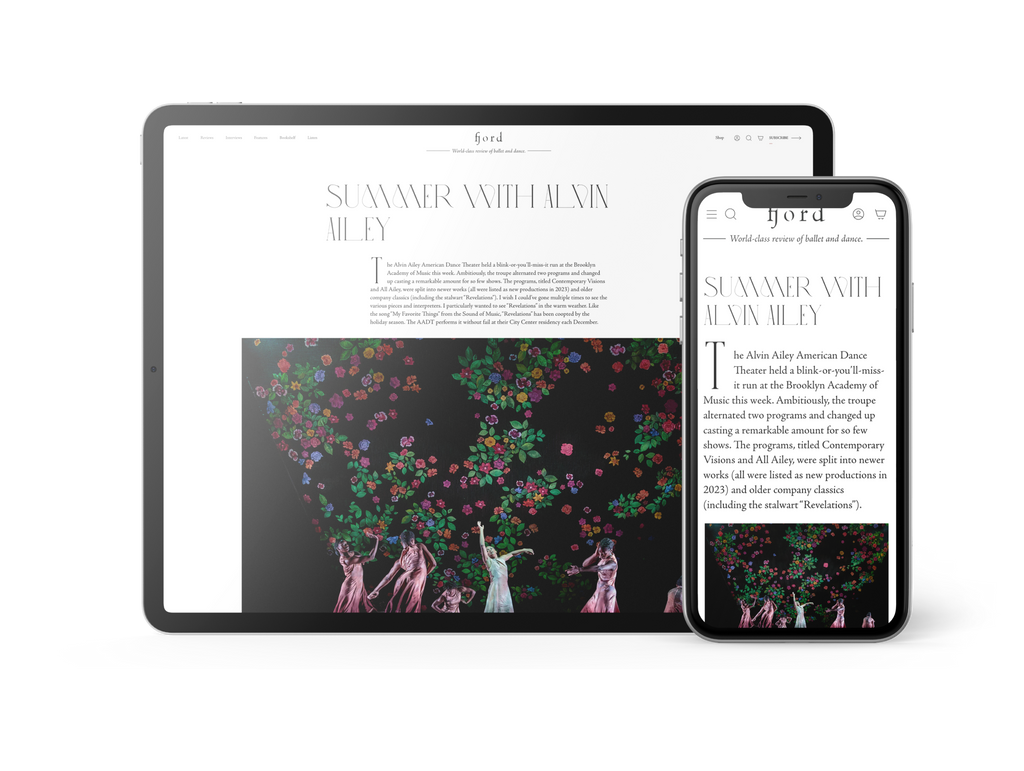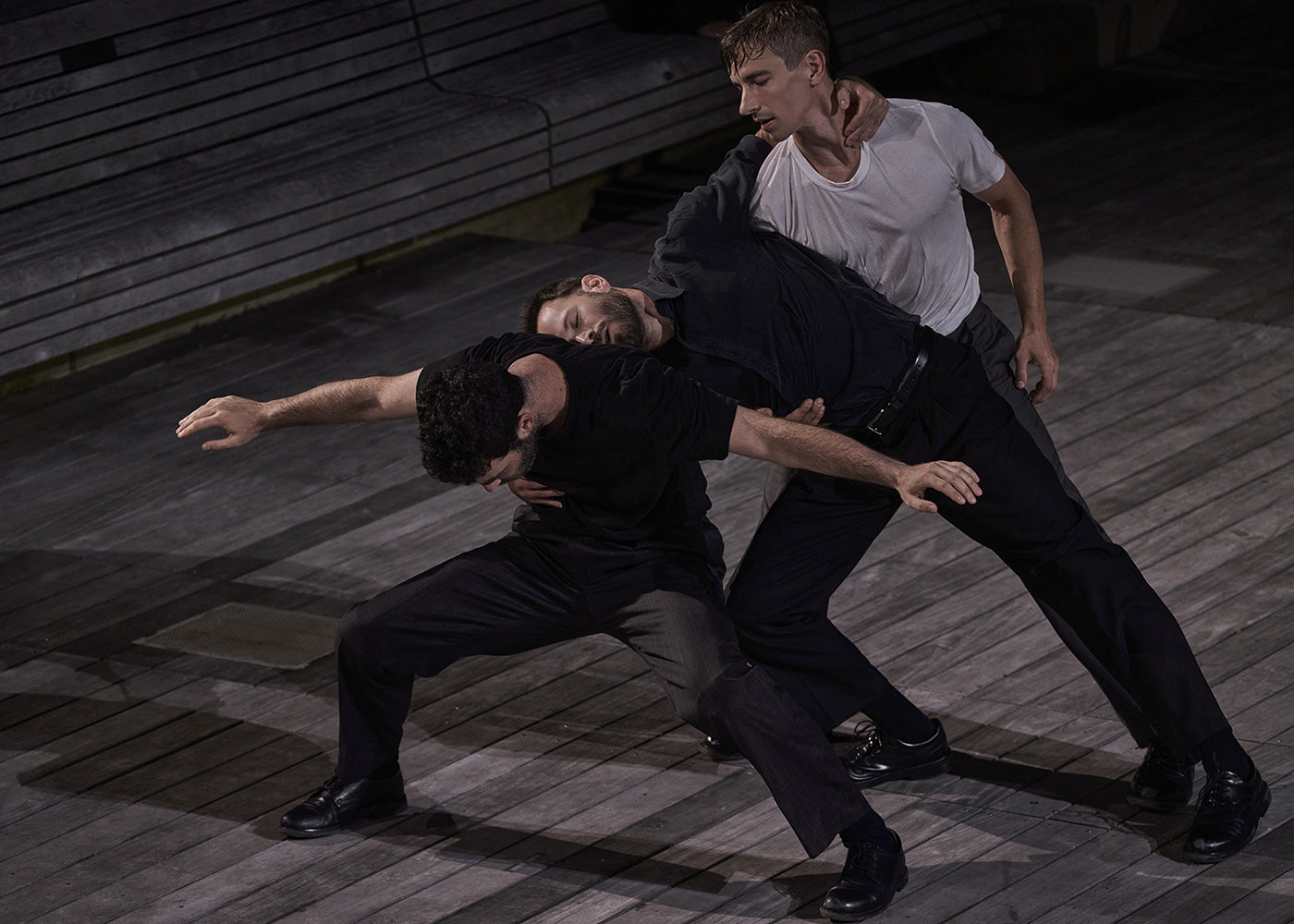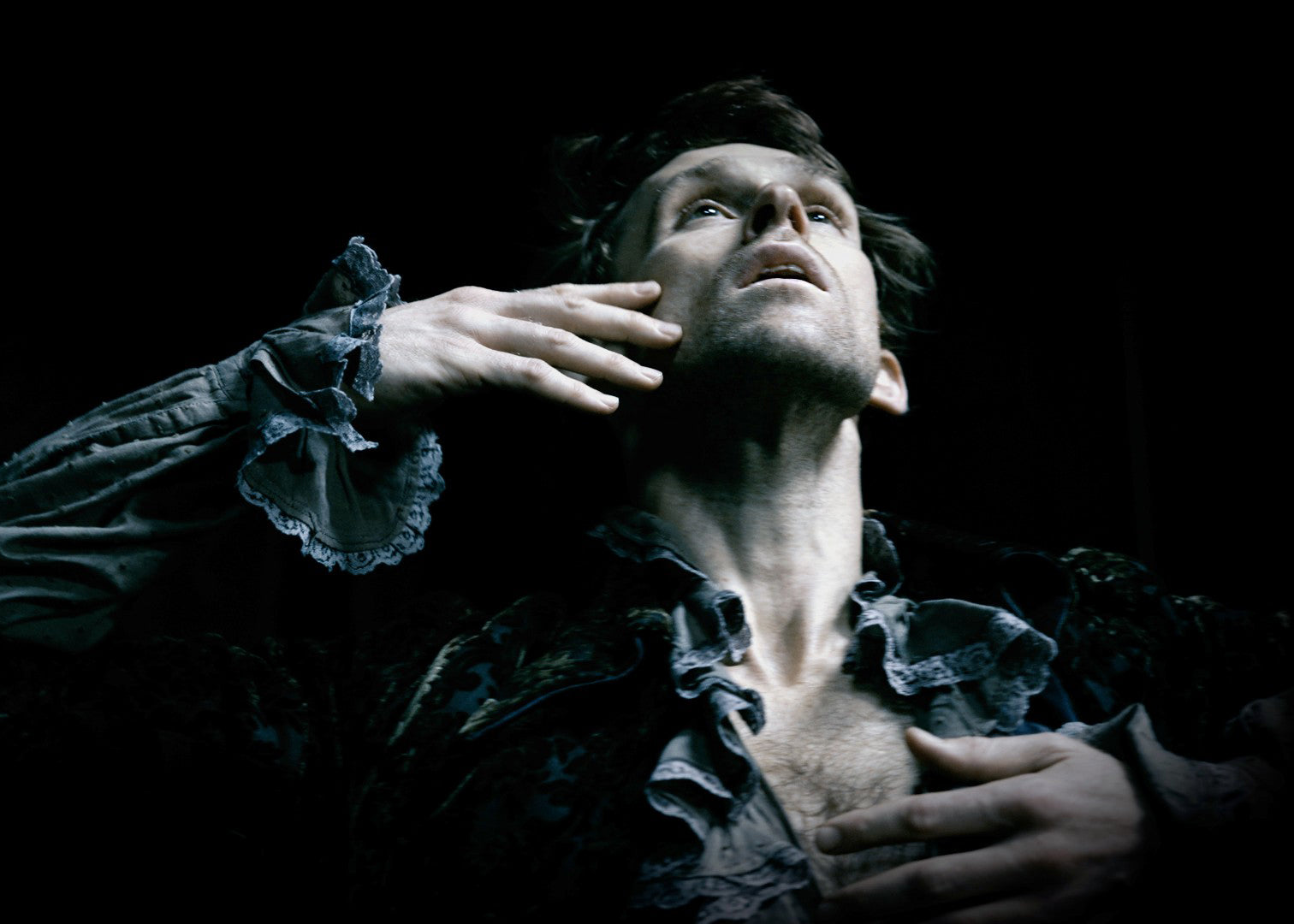Tennessee Williams’ most spiky love triangle, the ultimate study in late 1940s Southern American melodrama, is an interesting piece to adapt in the twenty-first century. Tackling issues around abuse, class and consent would undoubtedly be a challenge for any dance company. To that end, Scottish Ballet brought in an intimacy coach—ensuring all of the dancers feel comfortable, dealing with portraying the darker themes of sexual violence, addiction, suicide and domestic violence.
Of course, it goes without saying that this version burns with intensity. Annabelle Lopez Ochoa’s choreography has much invention, as well as bubbling turmoil—the central motif of Blanche Du Bois (Marge Hendrick) as a fluttering moth drawn to the flame is reinforced by shaky hands and skittish physicality. Hendrick portrays Blanche with wide-eyed naivete at the outset, then seems like a broken doll as her mental decline becomes apparent, and she suffers a horrific rape at the hands of the thug Stanley Kowalski. The cliches of mental illness are skilfully avoided, as are overwrought, more obvious gestures. Even the device of having Allan, Blanche’s husband appearing and reappearing as a ghost, works. His suicide after Blanche is disgusted to discover his homosexual affair, is depicted through the sound of a gunshot. Javier Andreu as Allan is an eerily effective presence throughout, as Blanche’s wild hallucinations start to encroach on reality.












comments